Why Palestinians Could Be Facing Another Nakba
There are terrifying present-day echoes of the circumstances that led to the catastrophe of 1948.
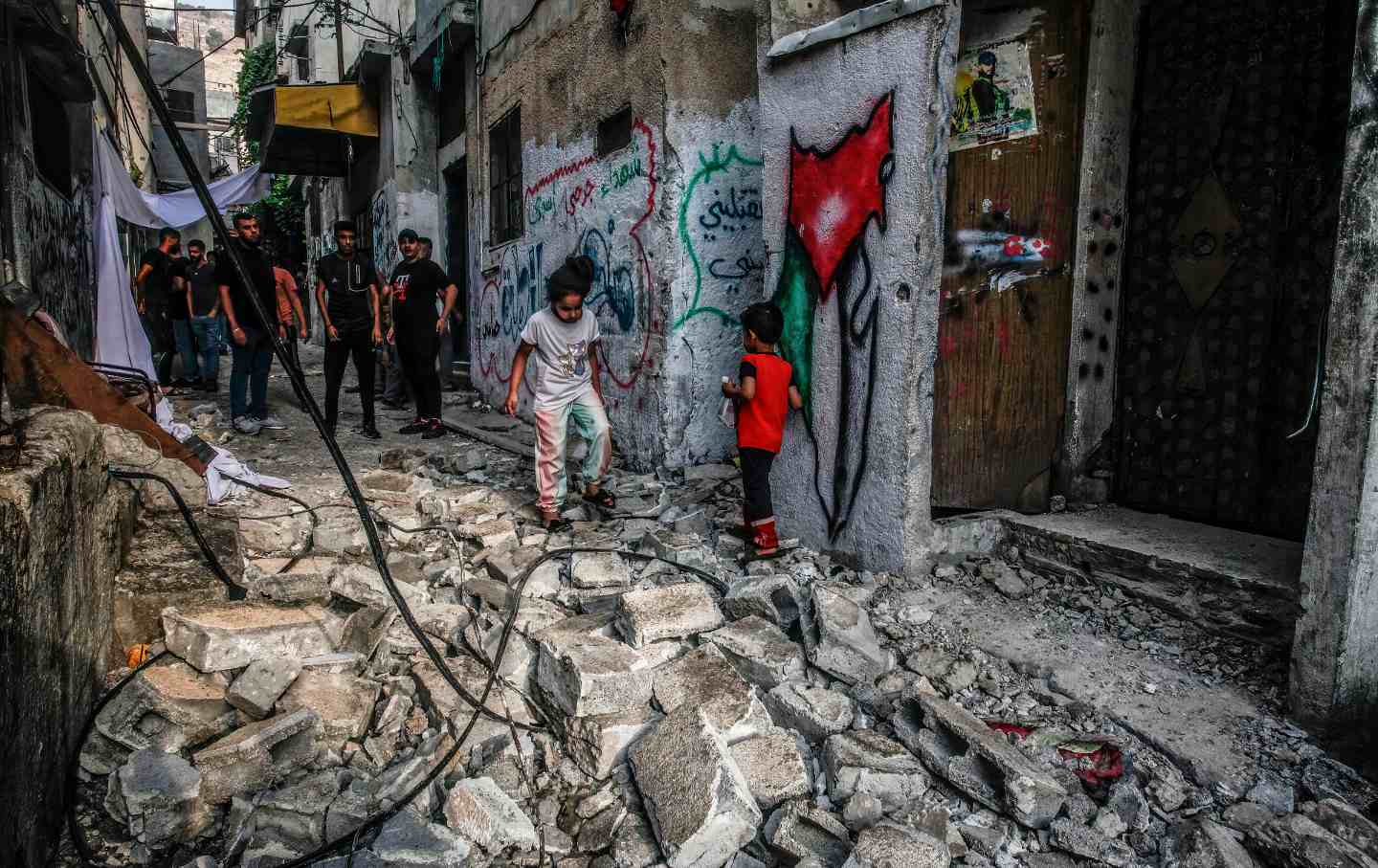
Ever since Israel’s current government took office at the end of 2022, much ink has been spilled over its extremism and the political crisis that that extremism has sparked. The government’s moves to expand its power over the judiciary have been met with some of the biggest protests in the country’s history, with protesters claiming that the state’s very character is under threat.
In fact, the current dangers go far beyond questions of constitutional probity, particularly regarding the key issue the protests seem determined to avoid: Palestine.
Despite important differences, current conditions in Israel-Palestine show some alarming parallels with the run-up to 1948, when around three-quarters of the Palestinian population was expelled in the Nakba (Arabic for “catastrophe”). With senior figures in the Israeli cabinet now openly calling for further Palestinian expulsions, it is worth examining these parallels in more detail.
Most obviously, there is rising violence and aggressive expansionism from Israel. Twenty twenty-three has been the deadliest year in Palestine since the Second Intifada ended in 2005; eight months in, 208 Palestinians and 26 Israelis have been killed. Settler violence in particular is on the rise, emboldened by the inclusion of far-right extremists in the Israeli government. According to the UN, incidents of settler violence are up by 39 percent in 2023 compared to last year. One of the worst attacks occurred in February, when around 400 settlers rampaged through the town of Huwara and neighboring villages in the northern West Bank. Setting Huwara ablaze, they left one civilian dead and 100 others injured, four critically.
Crucially, this kind of settler violence is not detached from the Israeli state. The Huwara pogrom received open support from some cabinet ministers. Finance Minister Belazel Smotrich, who also holds authority over civilian affairs in the West Bank, tweeted that Huwara should be “wiped out.” National Security Minister Itamar Ben-Gvir has similarly feted as “heroes” settlers who attack Palestinians. The Israeli army, which controls the West Bank, consistently fails to intervene to protect Palestinian civilians—as international law requires—and soldiers have even been documented joining in with settler violence. This is especially concerning given that such violence is now intensifying in both nature and frequency.
The increasingly brutal violence against Palestinians, at the hands of both settler communities and the Israeli state, is striking in its parallels with the 1940s. The years leading up to the Nakba also saw intensifying militancy from the Zionist movement’s most extremist elements. Then as now, hard-liners showed a disregard for both Palestinian life and international opinion. After launching their insurgency campaign in 1944, the Irgun Zvai Leumi (IZL) and Lehi militias attacked both Palestinian communities and the British Mandate authorities in Palestine—most famously in the King David Hotel bombing that killed 91 people in 1946. Two years later, the IZL and Lehi jointly carried out the infamous Deir Yassin massacre, murdering more than 100 unarmed civilians in the village outside Jerusalem. Many Palestinian refugees later cited Deir Yassin as a critical factor in their decision to flee their homeland.
Strikingly, these extremist activities were not entirely removed from the “mainstream” leadership of the Jewish Agency (JA), which led the Zionist para-state in Palestine and in many ways preceded the Israeli state itself. While the JA outwardly condemned the IZL and Lehi, behind the scenes it sometimes collaborated with them. What’s more, the JA’s own militia, the Haganah, was also responsible for massacres of Palestinians; in 1947, it massacred as many as 70 villagers in Balad al-Shaykh. Like Deir Yassin, this had a significant effect in lowering Palestinians’ morale and facilitating their flight.
Once again the parallels with today come into focus here. Over the past year, sustained settler violence has forced Palestinians to leave their homes in the Ras Al Tin and Al Baqa’a communities. While the displacement of Palestinians has been ongoing since the 1940s, it has intensified in recent months due to the interlinked violence from both settlers and the state. In July, for example, the Israeli army’s invasion of the Jenin refugee camp displaced as many as 4,000 Palestinians. The same month, the Israeli Supreme Court issued an eviction order against the Sub Laban family, forcing them to leave their East Jerusalem home of 70 years in order to make room for settlers.
The similarities are not limited to Zionist-Israeli aggression but can also be found in the collapse of the Palestinian leadership. While the latter is often described as “divided” between the Palestinian Authority (PA) in the West Bank and Hamas in Gaza, this binary does not fully capture its deterioration and illegitimacy. The PA is the product of the Oslo Accords, which were designed to last an interim five-year period at the close of the 20th century; President Mahmoud Abbas completed his last elected term in 2009. According to recent polls, almost 80 percent of Palestinians want Abbas to resign, but they do not necessarily favor Hamas either. In fact, 63 percent say they feel unrepresented by either Fatah (Abbas’s party) or Hamas. While the Israeli leadership’s current crisis of legitimacy has received considerable attention, very little has been made of its equivalent among the Palestinians—despite it being a crucial factor in the rising disorder.
Again, there is a clear parallel with the run-up to the Nakba. Then as now, the Palestinian leadership was geographically dispersed and divided between rival power bases. Brutal British repression had shattered the nationalist movement, with around one in 10 adult Palestinian men having been killed, wounded, imprisoned, or exiled during the 1936–39 Revolt. Among them was Hajj Amin al-Husseini, the grand mufti of Jerusalem and nationalist leader, who was exiled in 1937. The leadership’s weakness was a critical factor in the Palestinians’ vulnerability in 1948, leaving them unprotected and disorganized.
Since then, the Palestinian people have faced continual displacements and regular acute crises. But until now, they have never in that period faced the combination of a far-right Israeli government and collapsed Palestinian leadership, with Israeli state-settler violence reaching heights unprecedented since 1948. All of this means that the risk of a second Nakba is at its highest in 75 years.
It is impossible to predict exactly what form a second Nakba may take. The current signs point to a series of expulsions, both creeping and sudden, rather than a singular event—just as occurred the first time around.
Anyone tempted to dismiss such warnings would do well to look to the current government, where some cabinet ministers may actually welcome these parallels. Smotrich has previously lamented that David Ben-Gurion, Israel’s first prime minister, “didn’t finish the job” in 1948. Ben-Gvir has said that “disloyal” Palestinian citizens should be expelled and deported. Minister of National Missions Orit Strook has called for the demolition of Palestinian homes.
In its removal of Palestinians, the Israeli state has always relied on a combined strategy of direct forcible expulsions and indirect tactics that can obscure the ultimate goal. Such a strategy is arguably more insidious and reinforces the need for preventive action now—lest, in the words of Israeli national security adviser Tzachi Hanegbi, “when you want to stop it all it will already be gone. It will already be after the [next] ‘Nakba.’”
More from The Nation
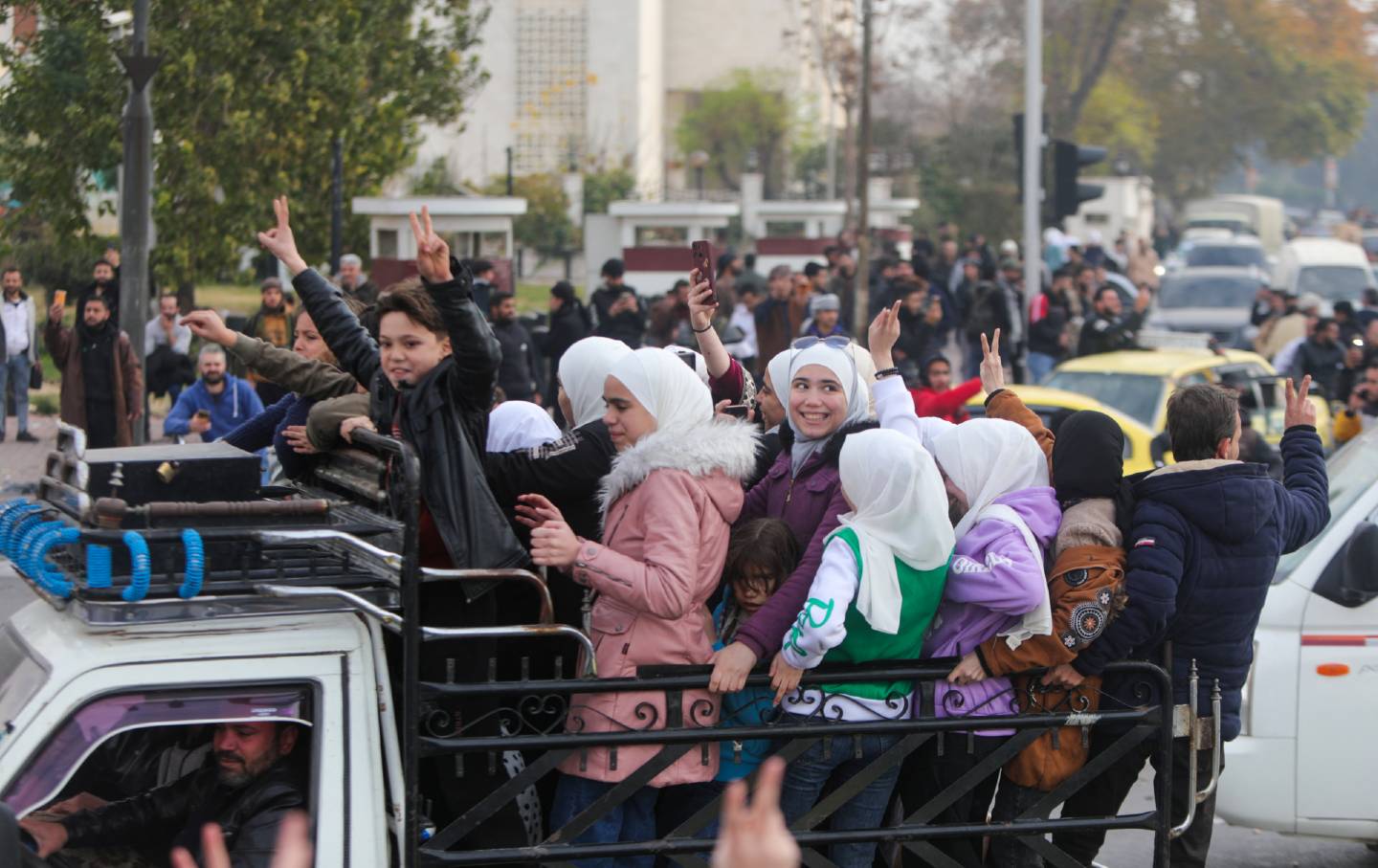
Celebrations in Syria May Be Premature Celebrations in Syria May Be Premature
The speed of the Assad dictatorship's collapse stunned even the opposition. But the result is a power vacuum that Israel and Turkey have already moved to occupy.

The Fall of Syria Changes Everything The Fall of Syria Changes Everything
Retired diplomat Chas Freeman and writer Pascal Lottaz discuss what happens now that Damascus is in the hands of Hayat Tahrir al-Sham.
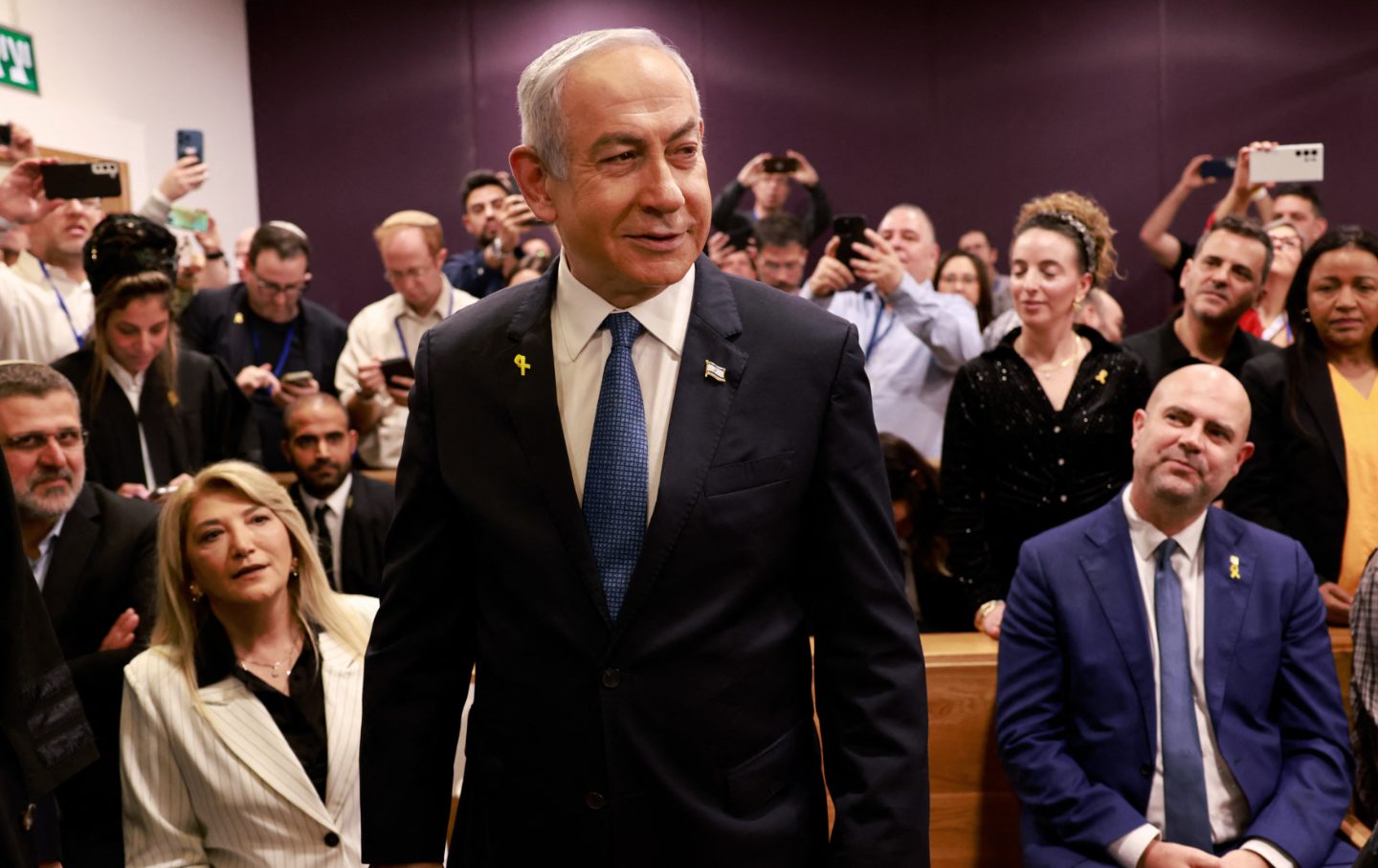
Netanyahu Must Be Brought to Justice. But We Can’t Stop There. Netanyahu Must Be Brought to Justice. But We Can’t Stop There.
This genocide is a massive criminal undertaking, and we must hold as many of its perpetrators accountable as we can.

My Brother, Chef Mahmoud Almadhoun, Died Because He Fed Gaza’s Starving Citizens My Brother, Chef Mahmoud Almadhoun, Died Because He Fed Gaza’s Starving Citizens
His killing by Israel sent a chilling message that no one is safe, including humanitarians who stand in the way of Gaza’s erasure.
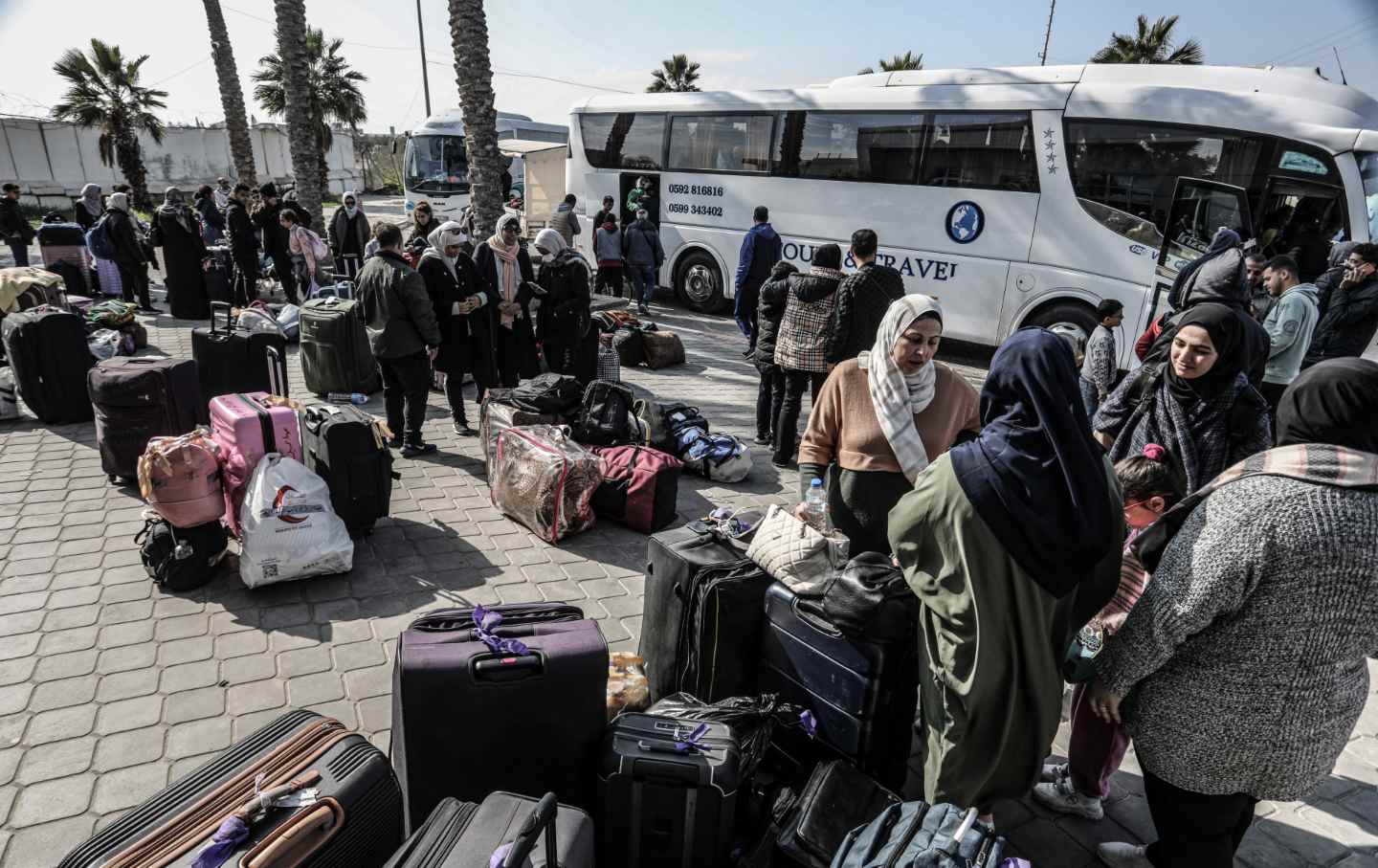
The Underground Network Helping Gazan Refugees Survive in Egypt The Underground Network Helping Gazan Refugees Survive in Egypt
A patchwork of volunteer-run mutual aid organizations has sprung up to tackle the severe problems facing people fleeing genocide.
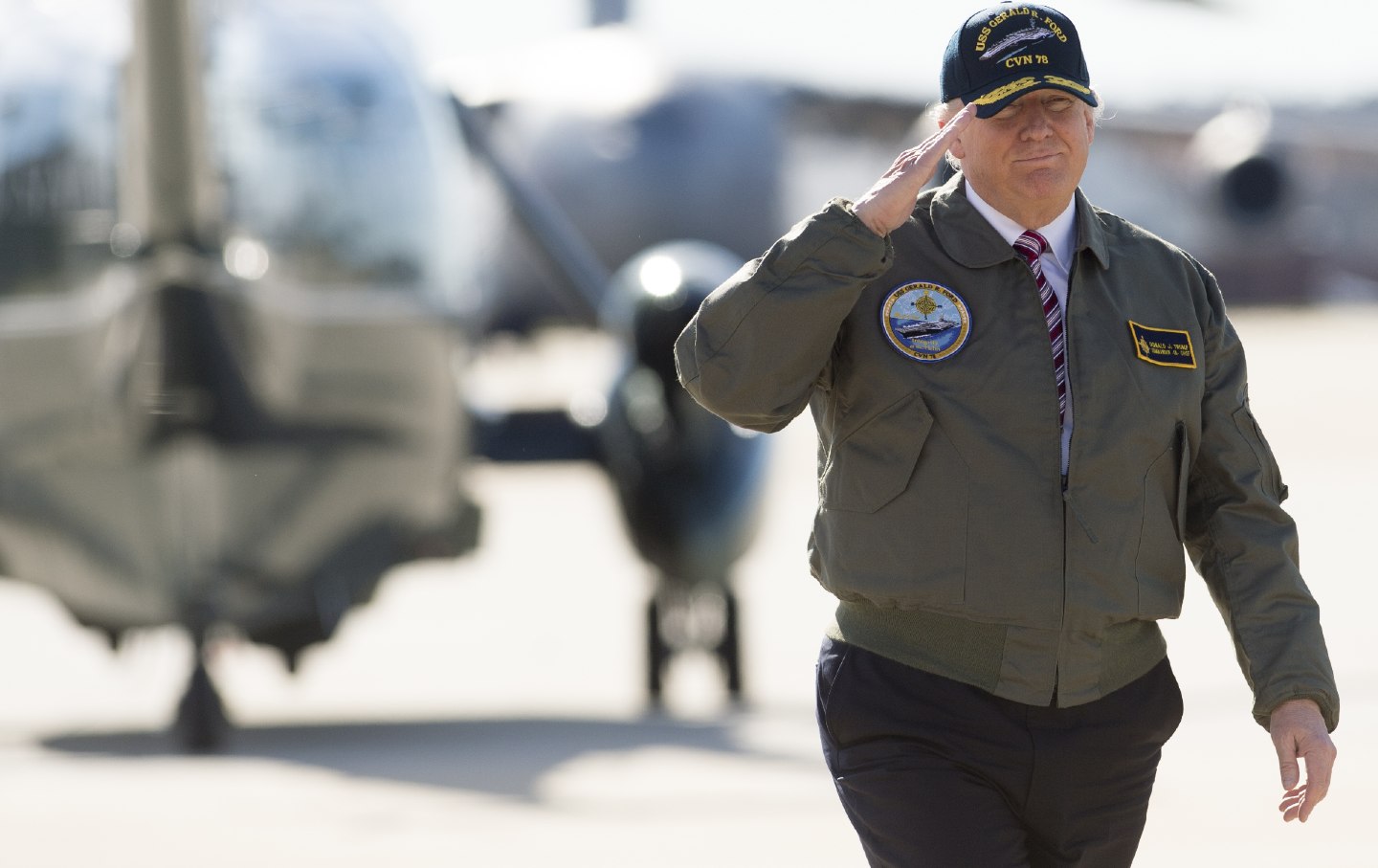
The Dangers of Trump’s Foreign Policy The Dangers of Trump’s Foreign Policy
Strategic incoherence and factionalism reign.


